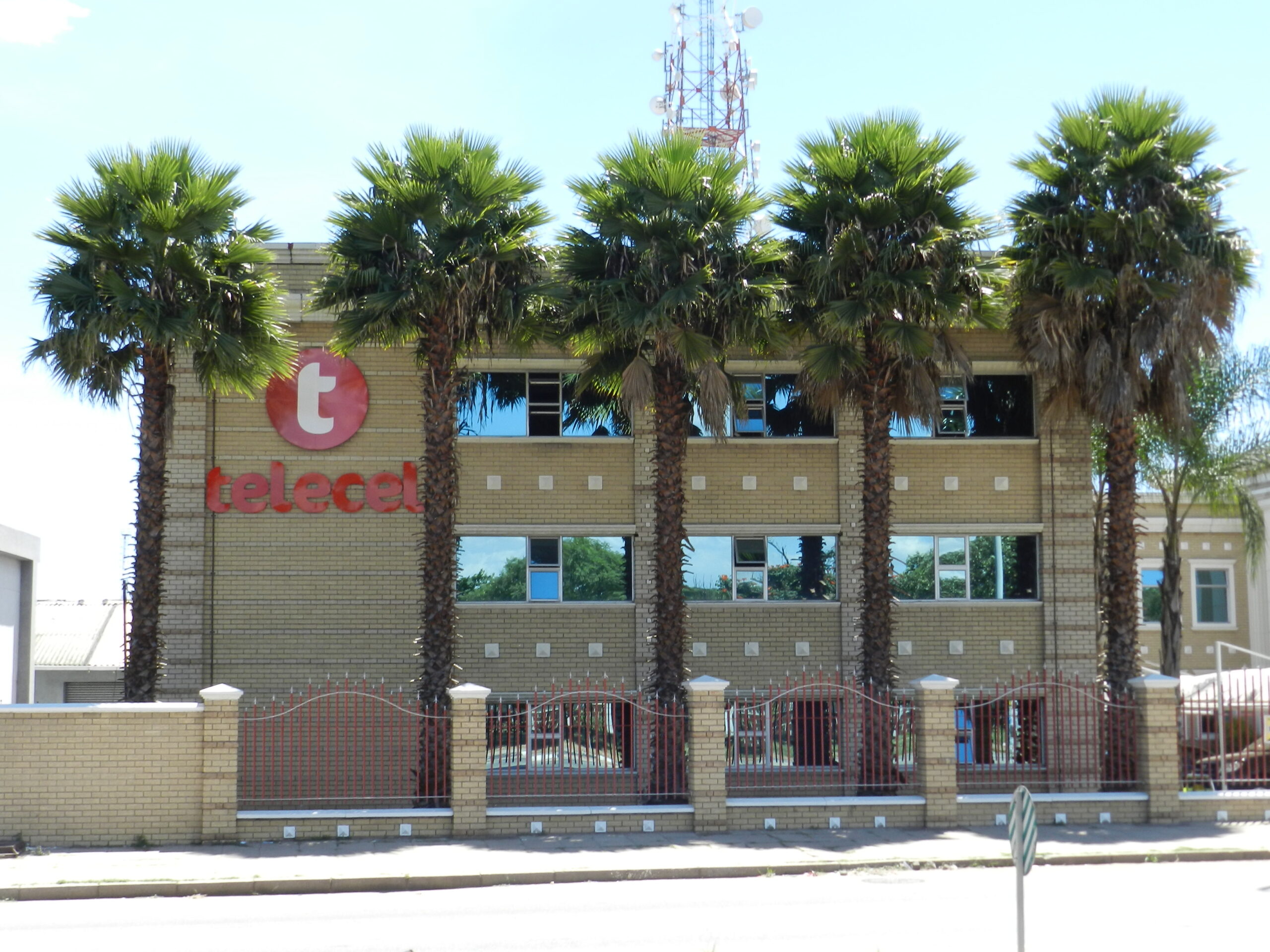Telecel assets now under quarantine
No legal action can be taken against the assets of Telecel Zimbabwe as they are now protected by the law following an application by employees to have the mobile telecoms firm placed under corporate rescue to avert potential liquidation.
Following a gazette notice on May 12, 2023, that proceedings of the corporate rescue had started, Telecel chairman Dr James Makamba, dismissed the notice as “legal nullity,” arguing the High Court was yet to make a ruling on the application.
In October last year, the Communication Allied Workers Union of Zimbabwe (CAWUZ) lodged an application to have the country’s third-largest mobile telecoms company placed under corporate rescue, a local form of bankruptcy protection.
CAWUZ represents the workers who are owed large sums of money in unpaid salaries. CAWUZ itself is owed some money in unpaid subscriptions, making it a creditor.
The basis for the application is that the company is financially distressed because it has failed to pay its debts. It is submitted that, in spite of the apparent financial challenges, the company still enjoys some real prospects of being rescued from imminent collapse.
CAWUZ further submits that to save the company from liquidation, it must be placed under the supervision and management of a corporate rescue practitioner who must draw up a rescue plan to turn around its business.
The application was opposed and the outcome of the proceedings awaits a date to determine the validity and the merits.
“The notice as published in the Gazette is considered a legal nullity,” said Dr Makamba, who is also a major shareholder in Empowerment Corporation, which owns 40 percent in Telecel. The notice tries to sanitise procedural defects raised in opposition by our lawyers Honey and Blanckenberg.
“All interested stakeholders, including the public, our customers and creditors are assured that there is no valid basis to assert that Telecel is unable to discharge payments of any valid debt or is incapable of discharging its service provisions to the public, beyond the normal constraints exerted by the current tough environment.”
However, in terms of section 125 (1) b of the Insolvency Act, corporate rescue proceedings are deemed to begin once an application is filed. This is meant to protect the assets from being attached or sold, according to some insolvency experts.
“Once the application is lodged, it technically means corporate rescue proceedings have begun and no legal action can be taken on the company’s assets or properties as this may result in stripping of the company’s assets,” said one expert.
“However, at that stage, the nominated corporate rescue authority will have no authority over the affected company before the order is given and confirmed by the court. In the case of Telecel, the proceedings began when the application was lodged.”
The Master of the High Court has backed the application by CAWUZ.
In the process of filing for corporate rescue, the Master of the High Court is served with the papers because he is required to provide a report, in support of or against the application, but the judge reserves the ultimate authority to make the determination.
Knowledge Hofisi of Aurifin Capital, has been nominated as the corporate rescue practitioner.
CAWUZ contends Telecel has been on the brink of collapse for a long time now. It has demonstrated the company’s liabilities exceed its assets, an indication of insolvency.
But its financial woes “are not insurmountable” judging from the performance of the company’s competitors in the market. Telecel, CAWUZ argues, despite insolvency, still enjoys some “realistic prospects of recovery if accorded an opportunity to do so.”
CAWUZ has also explored the “inexhaustible” business opportunities in the telecommunications sector and has used “this to demonstrate that the company has reasonable prospects of being rescued and of being a successful concern again.”
Telecel, however, opposed the application and challenged, among other things, the CAWUZ locus standi to take the application to the High Court. It contends that CAWUZ has no legal standing to bring the application as it is not an affected person in terms of the law.
While Telecel denied it was in financial distress, V Gapara, Master of The High Court (Additional Master)-Insolvency and Minors said it did not seem to disprove the fact that the company had been failing to pay its debts when they fell due and that it was still in debt.
Gapara contended that it was clear from the founding papers, including the recent financial records, that the company was financially distressed.
“The records show a company whose liabilities exceed its assets,” said Gapara. “It is thus, from a balance sheet standpoint, insolvent. This much does not seem to have been disproved by the company which…seems to suggest that the true value of its assets can only be ascertained after a firm of chartered accountants it engaged completes its asset revaluation exercise. There is no indication that the exercise has been completed and that the report has been released,” Gapare added.
He argued corporate rescue was the only viable option for saving the company. He argued that while Telecel was in financial distress, it enjoyed reasonable prospects of being rescued.
“Should the court decide, in the circumstances; that corporate rescue proceedings are the most appropriate remedy to cure the company’s financial distress, enabling it to pay off its creditors and steering it back to a state of commercial viability, the Master has no objections against the appointment of Knowledge Hofisi to the position of corporate rescue practitioner for Telecel.”
-ebusinessweekly










